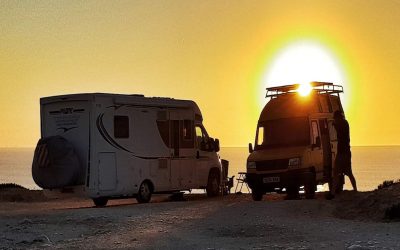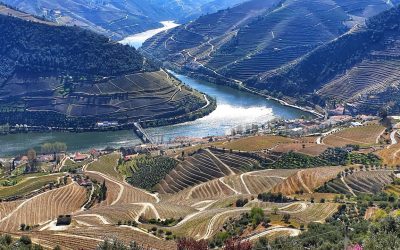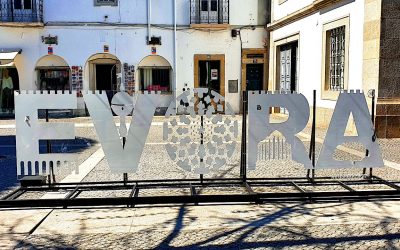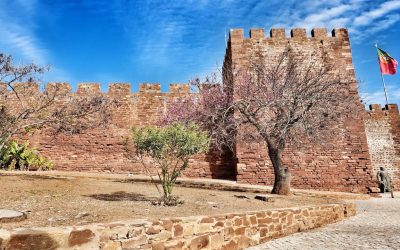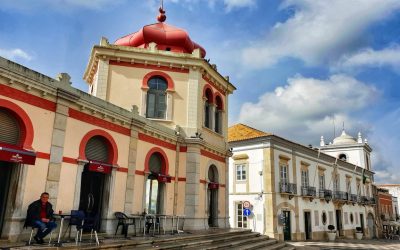We love meeting new people on the road and hearing what brought them to travel. When we rocked up to a wild spot on the west...

Portugal
Portugal
Douro Valley’s Alchemy – Pinhão
Portugal… Name three things it is most famous for... The Algarve’s coast and golf courses may be, surfing on the wild west...
7 Highlights of Évora
Come to Portugal and immerse yourself in so much more than golden sand between your toes. Whilst the beaches entice any sun seeker,...
Sightseeing Silves, Algarve
The ancient capital of Portugal's Algarve, Silves may sit inland 10km away from the golden beaches and rocky coastline,...
Coastal Hiking Trails in the Algarve
Portugal’s Algarve coastline is ready to astound you, appeal to your inner artist and challenge you in more ways than you can imagine....
A visit to Loulé – Algarve’s Authenticity
The Algarve’s inland gem, Loulé is set apart from its tourist coastline cousins and was our first reconnection with the region...
Follow us
You can find us on social media,
different channels for different content.

